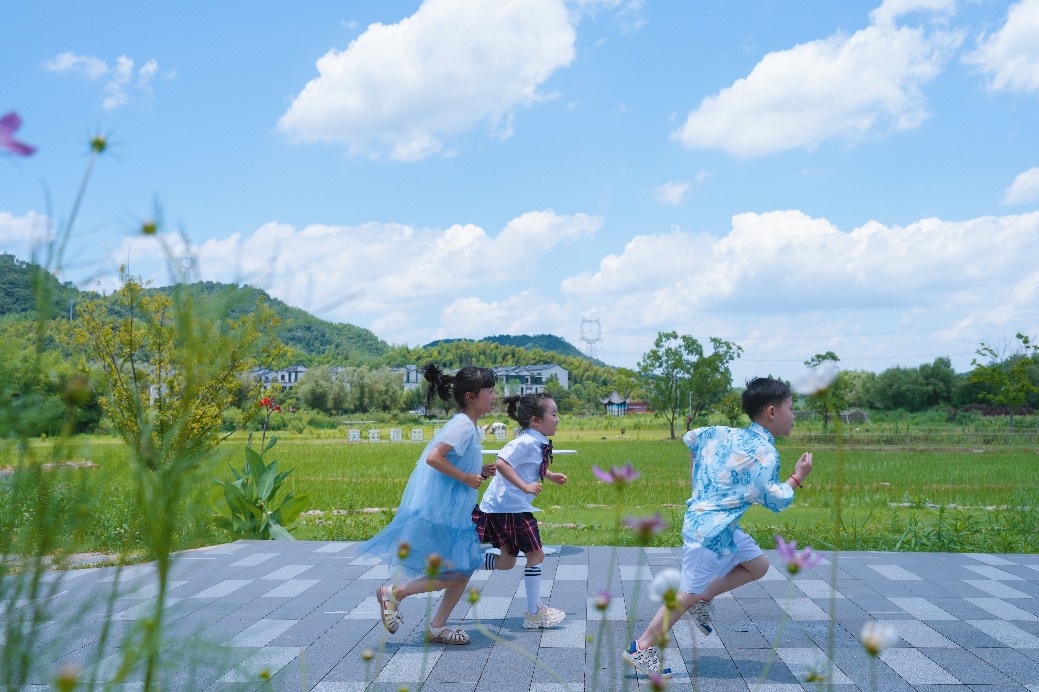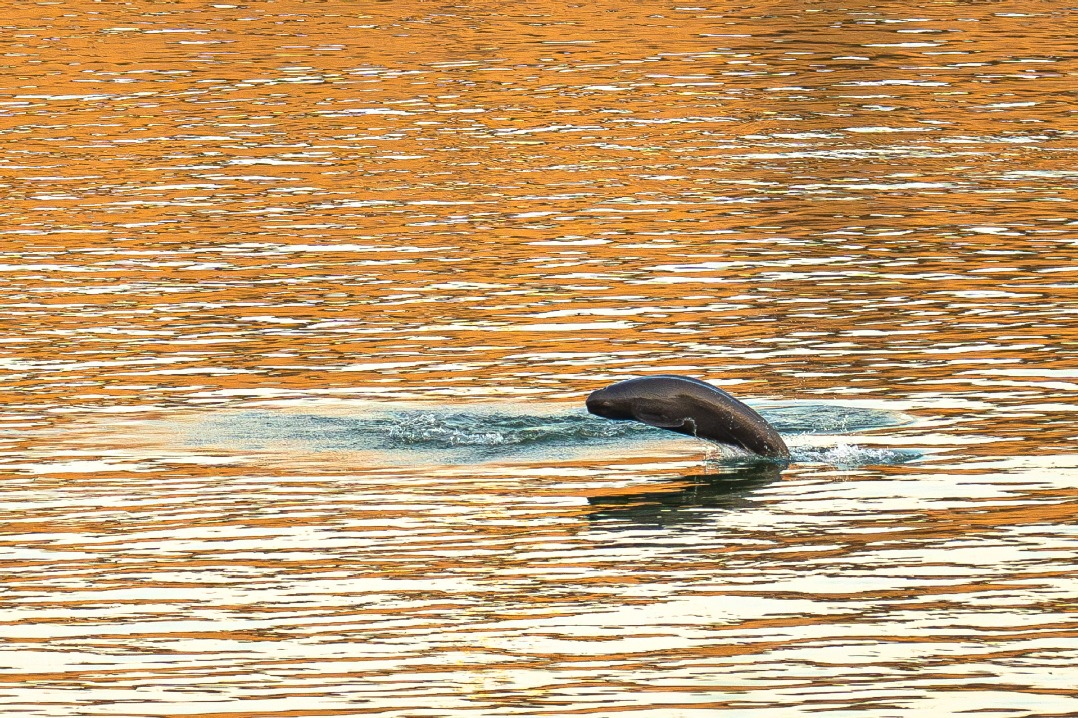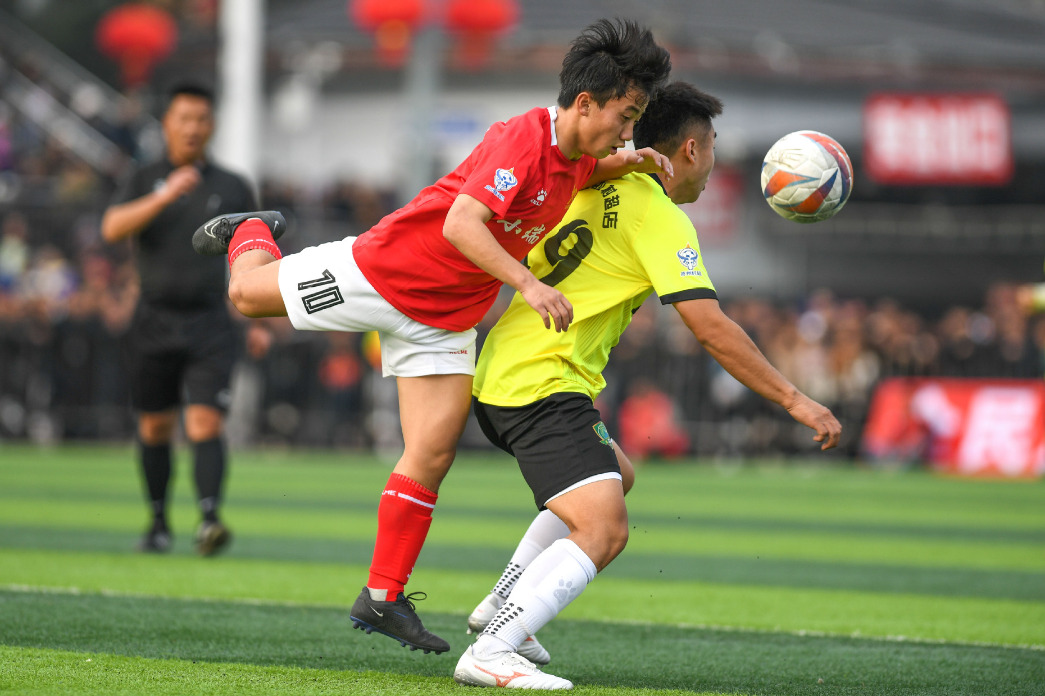Ancient Pharaonic harp strums along to new tune
China Daily | Updated: 2019-07-15 09:33

PORT SAID, Egypt - When Mohamed Ghaly's workshop was reduced to rubble in February, he never imagined that a new cultural center dedicated to a musical instrument with Pharaonic roots would thrive just months later.
The semsemia, similar to a harp and made of beechwood with steel strings, is believed to have ancient Egyptian roots. It appears on ornate engravings in tombs.
Ghaly, a carpenter by trade, is one of the last craftsmen in Egypt keeping the cultural heritage of the instrument alive.
"It's an enchanting instrument that summons you in a way, and I answered its call," he said.
In the last century, the triangular lyre-lookalike with a round bottom has become associated with the coastal towns dotted around the Suez Canal, especially Port Said.
It was brought by Nubian workers who dug the Suez Canal through the Sinai Peninsula. This year marks 150 years since the canal was officially inaugurated.
The semsemia is normally played in a dhamma (gathering) with a tabla (an Arabic drum) and a riq (tambourine) accompanying as the musicians sing.
Ghaly, 52, convened a final dhamma flanked by bulldozers as his workshop in the city's famous fish markets was demolished to make way for a shopping mall.
Men of all ages played and sang through the night dancing on the rubble.
Ghaly had implored the authorities to save his workshop, where musicians jammed and he had chipped away at making semsemias for over a decade, but to no avail.
Weeks later, however, Ghaly secured a new venue for El Toratheyah - a folk arts association he founded in 2005 dedicated to the instrument.
Canal 20, his new incarnation, is a cultural museum standing just a stone's throw away from Port Said's majestic harbor.
Its mission is to teach the wood shop crafts and pass on the semsemia's musical heritage to a new generation.
"When I am crafting it, I'm either in a really good mood or a bad one. When I'm really upset, I actually make the best semsemias. I live through the craft," Ghaly said.
Iman Haddo, 20, is part of the young crowd that gathers at Canal 20, where Ghaly displays old photographs of semsemia legends.
She instantly fell in love with the semsemia when she was a teenager after attending a local concert with her father.
Strumming the semsemia's strings came naturally to her, and a year ago, Haddo started the Arab world's first all-female semsemia choir called Amwag (waves).
"We want to show music lovers that the semsemia isn't just for men," she said.
"We also want to save our heritage."
Agence France-Presse
























